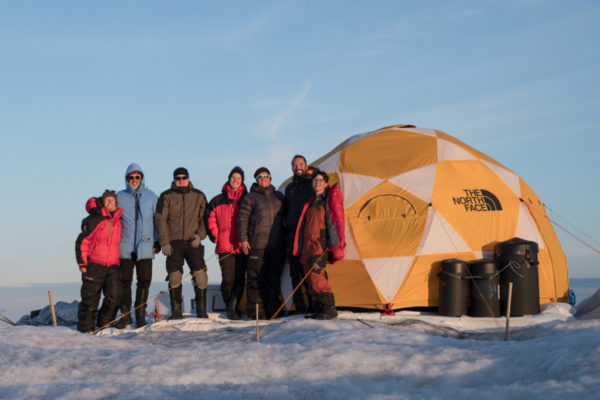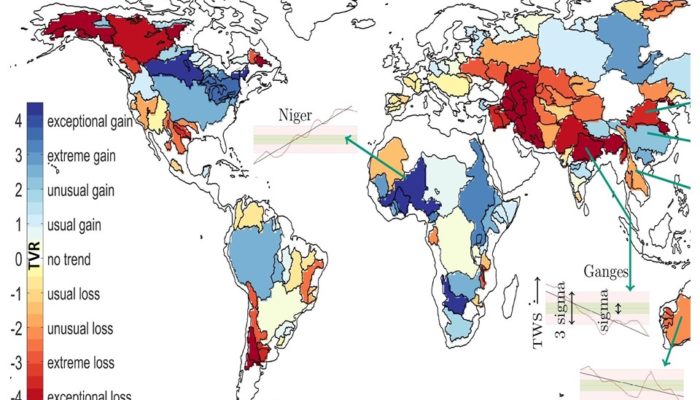Availability of good quality data is essential to deduce meaningful information in all disciplines of science and technology. This statement is especially relevant in climate research, which is under constant scrutiny from sceptics. In order to better understand the Earth system response to the ongoing anthropogenic global warming, we require global observations of climate indicators at ver ...[Read More]
EGU’s Atmospheric Sciences and Climate: Past, Present & Future Divisions welcome the US back into the Paris Climate Agreement
As of 19 February 2021, the US officially re-joined the Paris Climate Agreement, a landmark international accord to limit global warming by 2°C (and ideally to 1.5°C) compared to pre-industrial levels. The Paris Climate Agreement aims to bring the world together to avoid catastrophic warming that will impact us all and to build resilience to the consequences of climate change that we are already s ...[Read More]
Highlighting climate sessions at vEGU21: Gather Online
With the abstract deadline at 13th January, we would like to highlight some of the fantastic sessions that are offered in the climate division in 2021. Due to the large amount of offered sessions, we focus in this overview on EDI sessions. EDI stands for equality, diversity, and inclusion and the EDI logo highlights sessions that include conveners from multiple countries and institutes, different ...[Read More]
Deep Purple on Ice – Research on the Greenland Ice Sheet During the Pandemic

Insights into the EU project Deep Purple, fieldwork during the COVID-19 pandemic and doing research in a camp on the Greenland Ice Sheet. Written by Ph.D. students Rey Mourot (GFZ Potsdam), Laura Halbach (Aarhus University) and Eva Doting (Aarhus University). On maps, Greenland is shown as a massive white island. This vast ice and snow cover plays a vital role in reflecting incoming solar radiatio ...[Read More]

